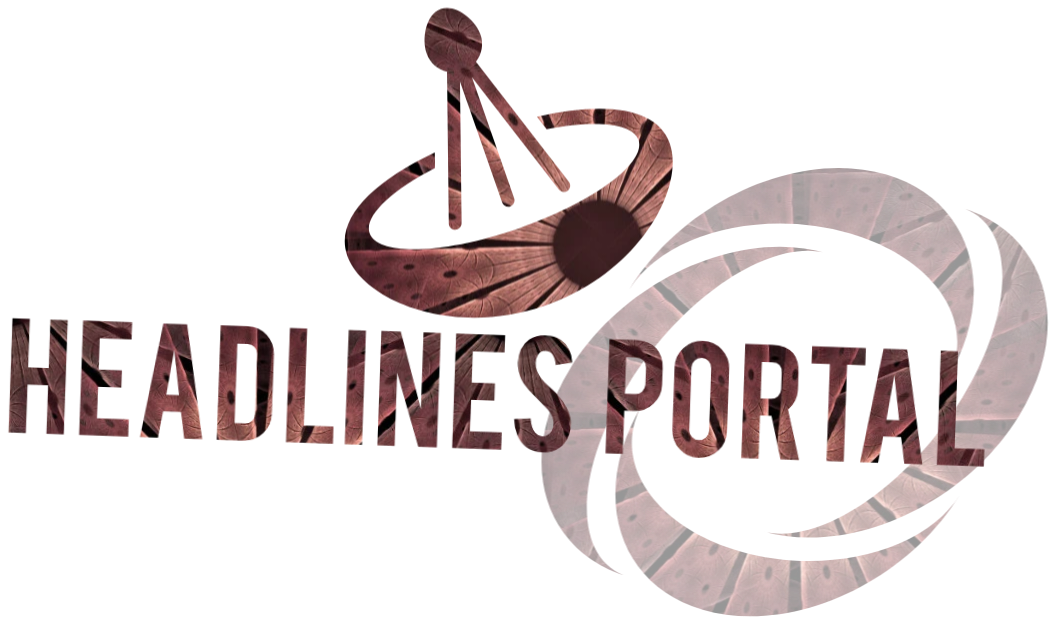
Altjira, also known as 2001 UQ18, is located in the outer reaches of the Solar System, 6 billion km (3.7 billion miles) away, or 44 times the distance between Earth and the Sun.
This artist’s concept depicts one of the possible scenarios for the Altjira system in the Kuiper Belt. Image credit: NASA / ESA / Joseph Olmsted, STScI.
“Hubble images show two Kuiper-belt objects (KBOs) located about 7,600 km (4,700 miles) apart,” said Brigham Young University astronomer Maia Nelsen and colleagues.
“However, repeated observations of Altjira’s unique co-orbital motion indicate the inner object is actually two bodies that are so close together they can’t be distinguished at such a great distance.”
“With objects this small and far away, the separation between the two inner members of the system is a fraction of a pixel on Hubble’s camera, so you have to use non-imaging methods to discover that it’s a triple.”
The astronomers gathered a 17-year observational baseline of data from Hubble and the W.M. Keck Observatory, watching the orbit of the Altjira system’s outer object.
“Over time, we saw the orientation of the outer object’s orbit change, indicating that the inner object was either very elongated or actually two separate objects,” said Dr. Darin Ragozzine, also of Brigham Young University.
“A triple system was the best fit when we put the Hubble data into different modeling scenarios,” Nelsen added.
“Other possibilities are that the inner object is a contact binary, where two separate bodies become so close they touch each other, or something that actually is oddly flat, like a pancake.”
Of the 40 identified binary objects in the Kuiper Belt, another system, Lempo, has been found to be a triple.
“Now, with Altjira and Lempo likely triples, it is more likely we are looking not at an oddball, but instead a population of three-body systems, formed by the same circumstances,” the astronomers said.
“However, building up that evidence takes time and repeated observations.”
The only Kuiper Belt objects that have been explored in detail are Pluto and the smaller object Arrokoth, which NASA’s New Horizons mission visited in 2015 and 2019, respectively.
New Horizons showed that Arrokoth is a contact binary, which for KBOs means that two objects that have moved closer and closer to one another are now touching and/or have merged, often resulting in a peanut shape.
“Altjira is a ‘cousin’ of Arrokoth, a member of the same group of Kuiper Belt objects,” Dr. Ragozzine said.
“Altjira is 10 times larger than Arrokoth, however, at 200 km (124 miles) wide.”
“While there is no mission planned to fly by Altjira to get Arrokoth-level detail, there is a different upcoming opportunity for further study of the intriguing system,” Nelsen said.
“Altjira has entered an eclipsing season, where the outer body passes in front of the central body.”
“This will last for the next ten years, giving scientists a great opportunity to learn more about it.”
The team’s paper was published in the Planetary Science Journal.
_____
Maia A. Nelsen et al. 2025. Beyond Point Masses. IV. Trans-Neptunian Object Altjira Is Likely a Hierarchical Triple Discovered through Non-Keplerian Motion. Planet. Sci. J 6, 53; doi: 10.3847/PSJ/ad864d














